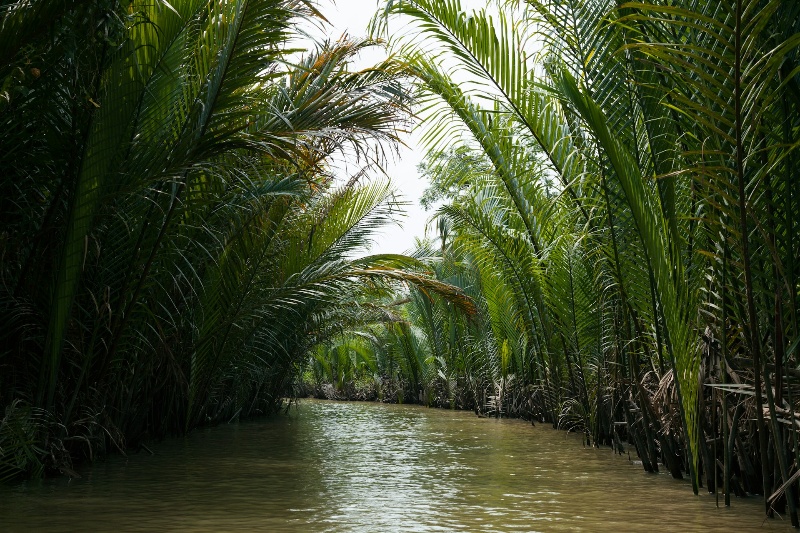Artificial Intelligence for water management in the Red River Delta to meet the water demand and control saline intrusion in a changing climate

PI and co-PIs: Ivan Serina (Università di Brescia); Roberto Ranzi (Università di Brescia); Ngo Le An (Dai hoc Thuy Loi); Toan Q Trinh (University of California Davis)
Funding amount: $139,500
Project overview: In the Red River Delta in Vietnam, a complex network of dams serve multiple purposes, including hydropower generation, flood regulation, provision of agricultural water, and prevention of seawater intrusion. Climate change is altering the conditions under which these dams operate and may threaten downstream uses, posing threats to both community resilience and low-carbon energy generation. This project is using AI algorithms to propose optimal management policies for reservoir operations, focusing on water supply for agriculture and energy production during low-flow seasons while addressing physical constraints, changing climate conditions, and varying stakeholder needs.
Full abstract:
Click to expand
This project focuses on the use of AI techniques for the water management of the Red River Delta area in Vietnam. In this area, the complex river network is characterized by the presence of a system of dams designed to address sometimes conflicting objectives: (i) generating hydropower to foster the local economy and social activities, (ii) regulating the flood events occurring downstream during the rainy season, (iii) supplying water for agriculture in the low flow season and (iv) contrasting SeaWater Intrusion (SWI) in the estuaries of the rivers. Constraints are the need to ensure the dam's safety by not exceeding a maximum or minimum water level. Artificial Intelligence techniques will optimize reservoir operations by identifying the more suitable management policies in the current and projected climatic conditions. In particular, our project focuses on optimizing water supply for agriculture and energy production in the low-flow season while contrasting SWI in the Red River Delta. We aim to use optimization methods like Genetic Algorithms (GAs) and AI planning algorithms to automatically generate control policies for water resource management of the Hoa Binh reservoir, the first hydroelectric reservoir on the Da river while considering different criteria and constraints.
Hybrid Physical Models Agriculture & Food Climate Science & Modeling Disaster Management and Relief